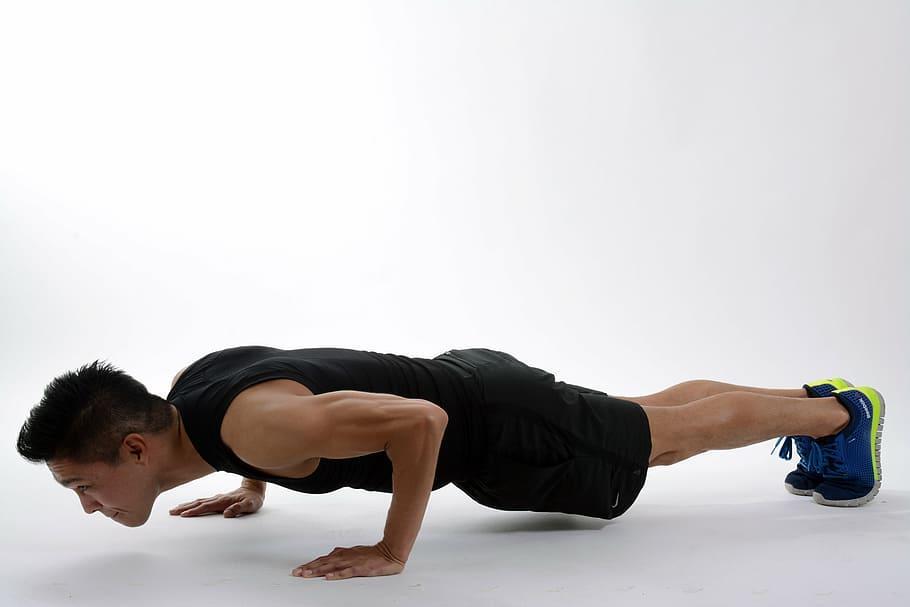The triceps muscle is a thick band of connective tissue that starts at the back of the shoulder joint and runs to the back of the elbow. Overuse it too much and you’ll experience what is known as triceps tendonitis, or inflammation of the triceps muscle.
The most common cause of triceps tendonitis is extensive training due to sports and work-related activities. Triceps tendonitis is one of the side effects of sudden injuries to the tendon.
In general, any repetitive or extended activity that strains the muscle could be the culprit. It may also happen through motion of bench presses or push-ups. Most weight lifters, for instance, when lifting heavy lifts subject their triceps tendon to more force than they are used to, resulting in triceps tendonitis.
Individuals who suffer from limited strength and flexibility are the most at risk.
Symptoms
The main symptom of triceps tendonitis is pain at the back of the elbow accompanied by swelling and stiffness. In more severe cases, the back of the elbow will ache and the patient will experience sharp pain when performing resistance exercises. In general, an ache or stiffness is felt at the back of the elbow whenever the muscle is activated.
Other times, the injury may swell into acute pain whenever an activity is performed. Finally, the back of the elbow may be tender to the touch. To prevent further damage to the triceps muscle, seek medical attention from a physician.
Treatment
Experts recommend a combination of anti-inflammatory medication along with physical therapy. The treatment itself is relatively simple. But you can treat the swelling with cold packs, ibuprofen, and ice massages well before starting physical therapy.
This will minimize the swelling to allow the triceps to heal more efficiently. You can then begin a wide range of stretch exercises targeting the triceps in several ways. Following this, you can perform strength exercises to build up both elbow flexors and elbow extensors.
If the patient does not respond well to physical therapy and other conservative treatments, it may be time to get an MRI to see if there is another reason for triceps tendonitis. The MRI will reveal areas of the triceps that have been torn or damaged. If this happens to be the case, an injection of Platelet Rich Plasma (PRP) may be recommended to see if the triceps muscle heals non-surgically.
PRP is getting a lot of attention in sports medicine because it can get pro athletes back on the playing field in a relatively short period of time. PRP treatment may involve the use of autologous blood donation, re-injecting the healing component back into the patient’s injured muscle, and spinning the blood down into separate components.
Finally, surgery is recommended if PRP does not work. This procedure usually involves surgically releasing the tendon and removing the damaged part of the tendons before reattaching it to the bone. The patient will then require physical therapy to train the tendon and regain full use.
If you would like to make an appointment with a physician at Health One Family Medicine, visit https://www.healthonemedicine.com or call (469)262-5762 for more information.

